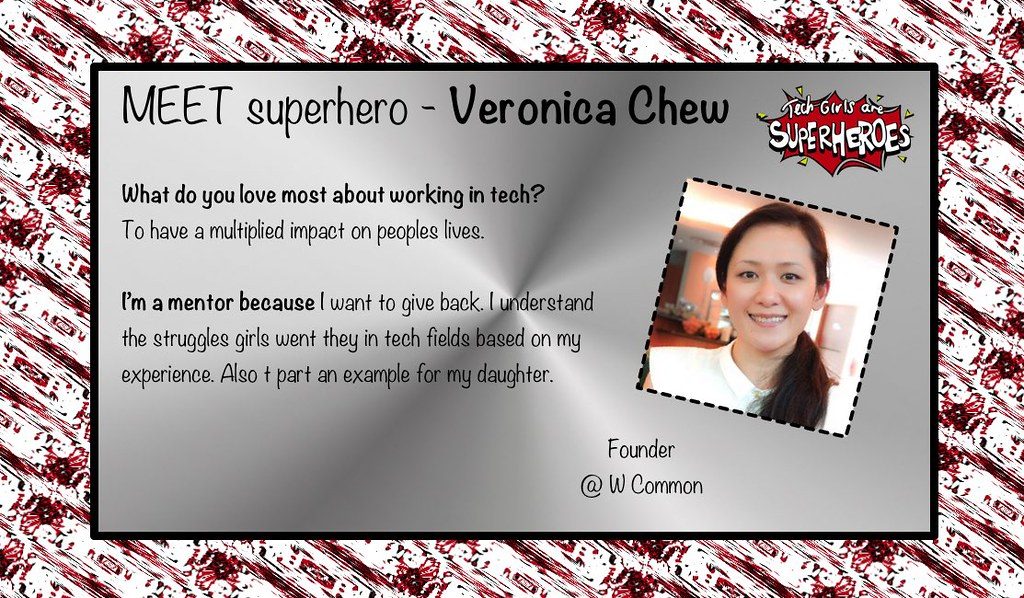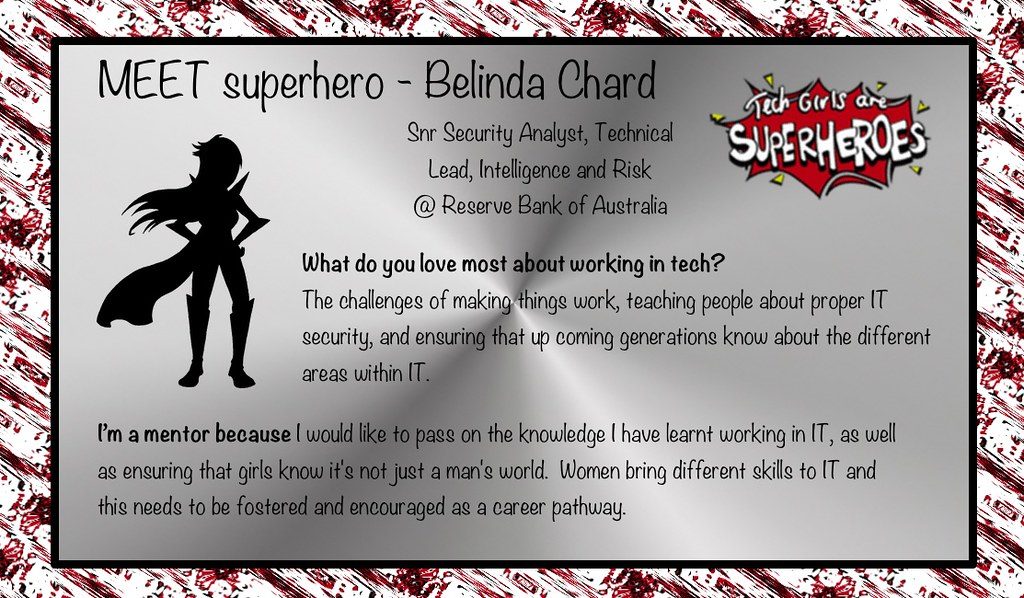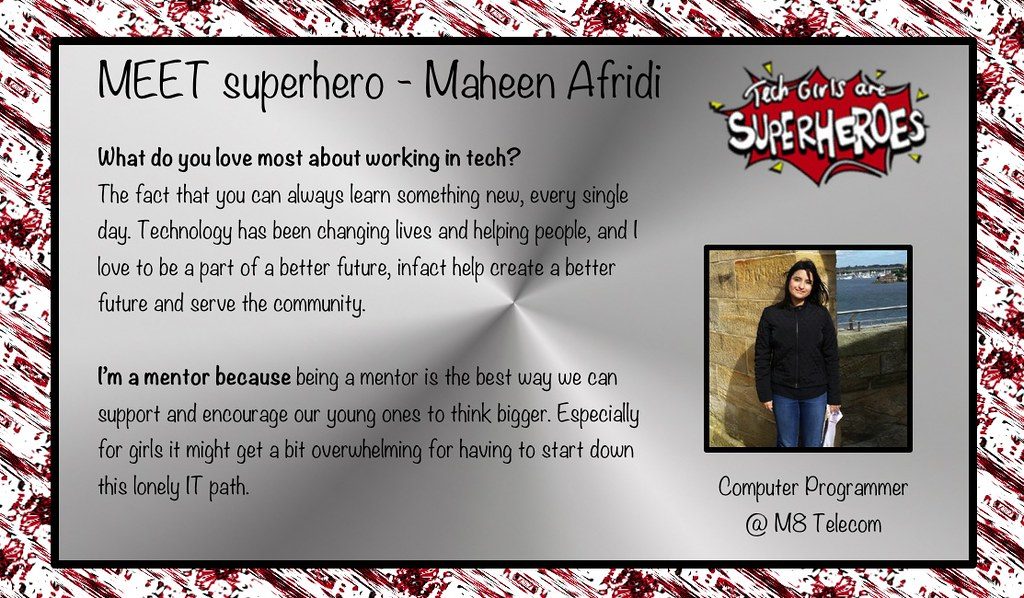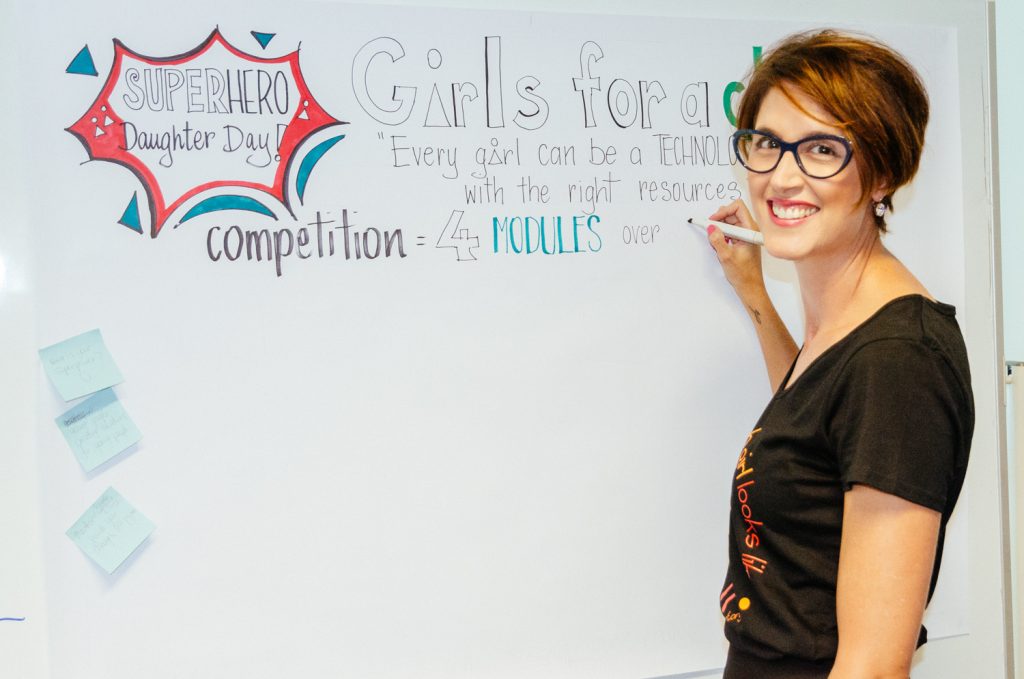
In recognition of this year’s International Women’s Day, Tech Girls Are Superheroes creator Dr Jenine Beekhuyzen shares her 20+ years researching the factors influencing female perceptions of ICT study and careers and how employees can help to improve equality in their workforce.
With an ongoing race to attract and retain the best talent to our organizations, we are all looking for a competitive edge. In-demand employees are always searching for the ‘best offer’ on the next role, often while in a role they are somewhat dissatisfied with.
The Googles of the world have worked out how to attract and retain the best of the best, with free gourmet food, gym memberships and a host of other enticing perks. But most organizations cannot compete, requiring them to dig deep on their values to make them stand out to potential recruits.
Creating an inclusive workplace environment is one way organizations can do this. I work with one innovative Australian organization who are successful pioneers in the technology world and have managed to create an inclusive workplace. My values around inclusiveness align with theirs, which has led to a long-term successful partnership between them and the not-for-profit organization that I run, the Tech Girls Movement Foundation.
As an outsider, it seems like this organization attracts and retains the best talent; in part because they truly care about their staff and their workplace experience. Not only do they have a fun space for gatherings with food and games encouraging interactivity, they also invest in their staff experiences in contributing to the community. The strong support for this ‘giving back’ is a competitive advantage for them in recruitment and retention.
Each year I spearhead the Techgirls competition, a 12-week STEM entrepreneurship program for girls from 7 to 17-years-old across Australia and New Zealand. One of the keys to the success of the program over the past seven years is the matching of female industry mentors with each of our Techgirls teams. To date, we have matched more than 500 mentors from more than 300 workplaces. Together our mentors have donated more than 6,000 hours of their time.
One reason that mentors are key to the program is that for young people, there is something about having an adult you don’t know, taking your ideas seriously. Teachers tell me this all the time; how they tell a student something 10 times, but when an outsider tells them, they believe it.




Our partner organization is active in providing mentors in the program. With 15 to 20 mentors now participating annually, this involvement appears to be a key inclusion strategy for the organization to retain their female staff in particular.
Mentors meet with their team for one hour per week to guide them through the program. As a positive role model, the mentor’s role is not to be an expert in building an app (a key deliverable of the program). Instead, their role is to talk about what they do in their work, to ask questions of the team, and to help find answers to challenging questions the team may have.
This organization embraces the mentoring opportunity not only to give back to young people and local schools but also internally as an opportunity for professional development. They now have mentor training in-house, run for new and returning mentors by an experienced mentor in the program. At least once per program, they invite the teams they mentor, along with teachers and parents, to their fun workspace to work on their apps with a room full of mentors. This activity not only excites those attending, it creates a brand awareness of the company, and it also gives teams the opportunity to meet others in the program. In the past, teams have travelled more than two hours to attend the event, which is usually held on a Saturday.
First hand I’ve seen the mentors grow in confidence over years of participating in our program. One mentor, in particular, comes to mind. The first year she joined the program, she co-mentored a team with a colleague because she didn’t have the confidence to mentor a team on her own. The following year she mentored a team on her own. The following year she again mentored a team and she also presented a technical demonstration to the audience on one of those Saturdays. The following year she started mentoring the mentors in-house, providing advice and technical help. The confidence she now has in herself has led her to volunteer for other ‘women in tech’ groups. This has been truly amazing to watch and a clear benefit of working in this inclusive work environment.
Another mentor from this organization once commented that being involved in our program was the best experience she had that year. For her, it was a great opportunity to realize her relevance and worth in the workplace and in the community and to share her years of experience with the next generation. Imagine, as a CEO or an Executive, being responsible for making something like that happen.
My advice? Invest in your people. Find out what they care about and help them to take action and give back to the community.
Dr Jenine Beekhuyzen is an advocate for technology innovation and diversity in STEM and creator of the Tech Girls Are Superheroes campaign.
The views expressed by the authors of this blog are their own and do not necessarily reflect the views of APNIC. Please note a Code of Conduct applies to this blog.

